Where To Massage For Tailbone Pain?
Gently apply pressure in circular motions on the areas surrounding the tailbone, and if possible, seek professional massage therapy for targeted relief.
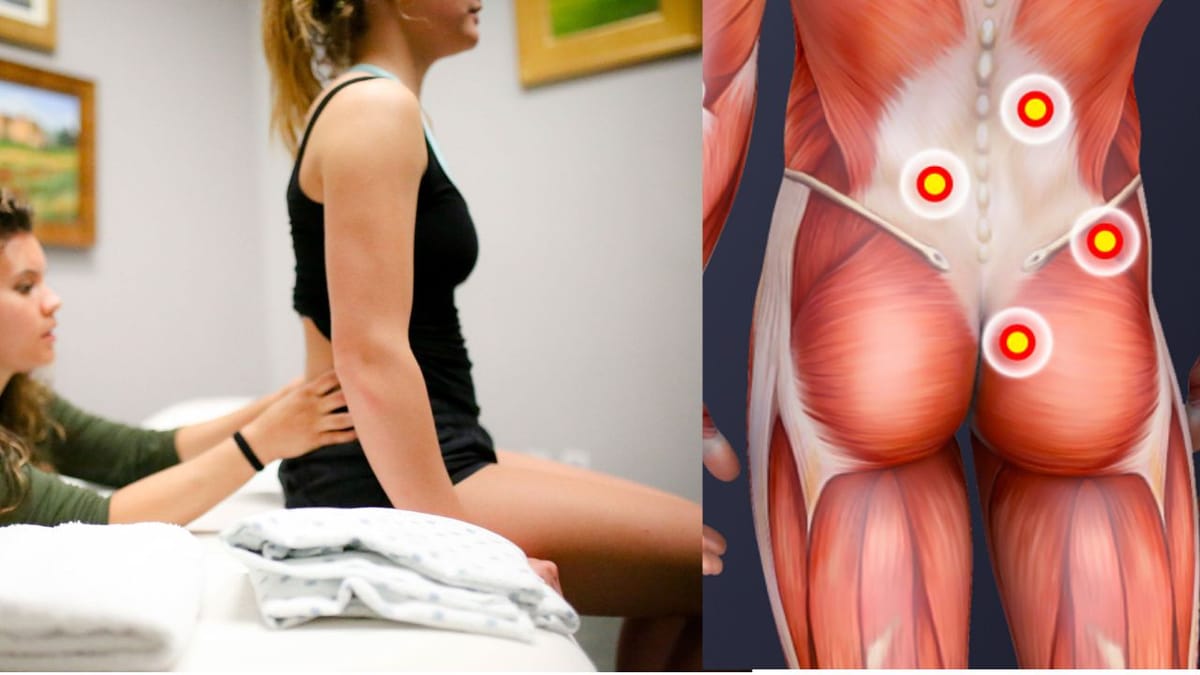
Tailbone pain, also known as coccydynia, can be a real pain in the... well, you know. It's that nagging, sharp, or achy sensation right at the bottom of your spine that can make sitting, standing, and moving about a daily challenge. But fear not! There are ways to alleviate this discomfort, and one effective method is through targeted massage. Let's dive into the specifics of where and how to massage for tailbone pain relief.
Key Takeaways
- Learn specific massage techniques to alleviate tailbone pain.
- Understand the anatomy involved in tailbone pain for better relief.
- Discover preventive measures and lifestyle tips to avoid future tailbone discomfort.
Understanding Tailbone Pain
Tailbone pain can stem from various causes, including injury, prolonged sitting, or even childbirth. Understanding the anatomy of the coccyx and surrounding muscles is crucial for effective massage. The coccyx is the final segment of the vertebral column, and it's surrounded by muscles and ligaments that can become tense or inflamed, leading to pain.
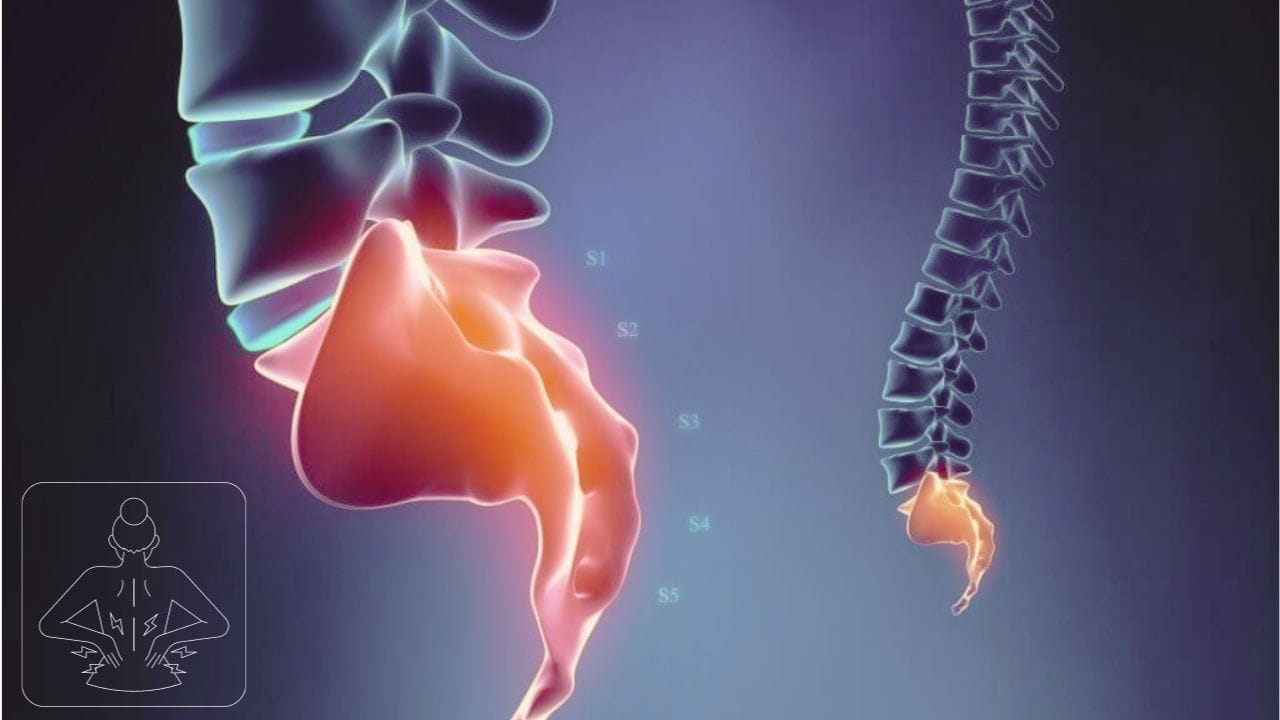
The Role of Massage in Tailbone Pain Relief
Massage therapy can be a powerful tool in managing tailbone pain. It helps by increasing blood flow, reducing muscle tension, and promoting healing. When done correctly, massage can provide significant relief from the discomfort associated with coccydynia.
Pre-Massage Preparations
Before you start massaging the tailbone area, it's important to prepare. Ensure the environment is comfortable and that you have all the necessary items, such as cushions or massage oils. Warm up your hands to make the experience more soothing for the person receiving the massage.
Anatomy of the Tailbone Area
To effectively massage the tailbone area, you need to be familiar with the anatomy. The coccyx is connected to several muscles, including the gluteus maximus, piriformis, and pelvic floor muscles. Knowing where these muscles are located will help you target your massage for the best results.
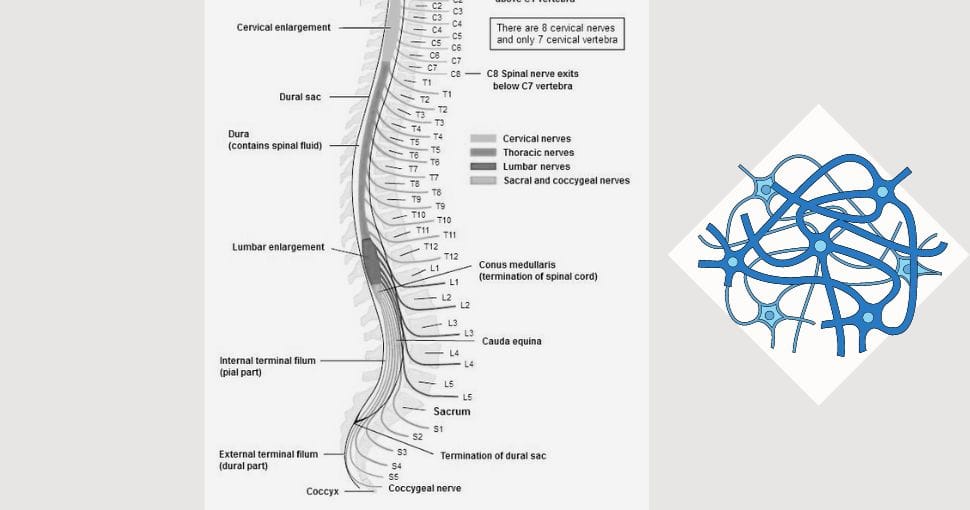
Techniques for Massaging the Tailbone Area
There are several techniques you can use to massage the tailbone area. Gentle circular motions, pressure points, and long strokes along the muscles can all be beneficial. It's important to use a firm yet gentle touch to avoid causing further discomfort.
Finding the Right Pressure Points
Pressure points around the tailbone area can provide significant relief when massaged correctly. The sacroiliac joints, located on either side of the sacrum, are key areas to target. Applying gentle pressure to these points can help release tension and reduce pain.
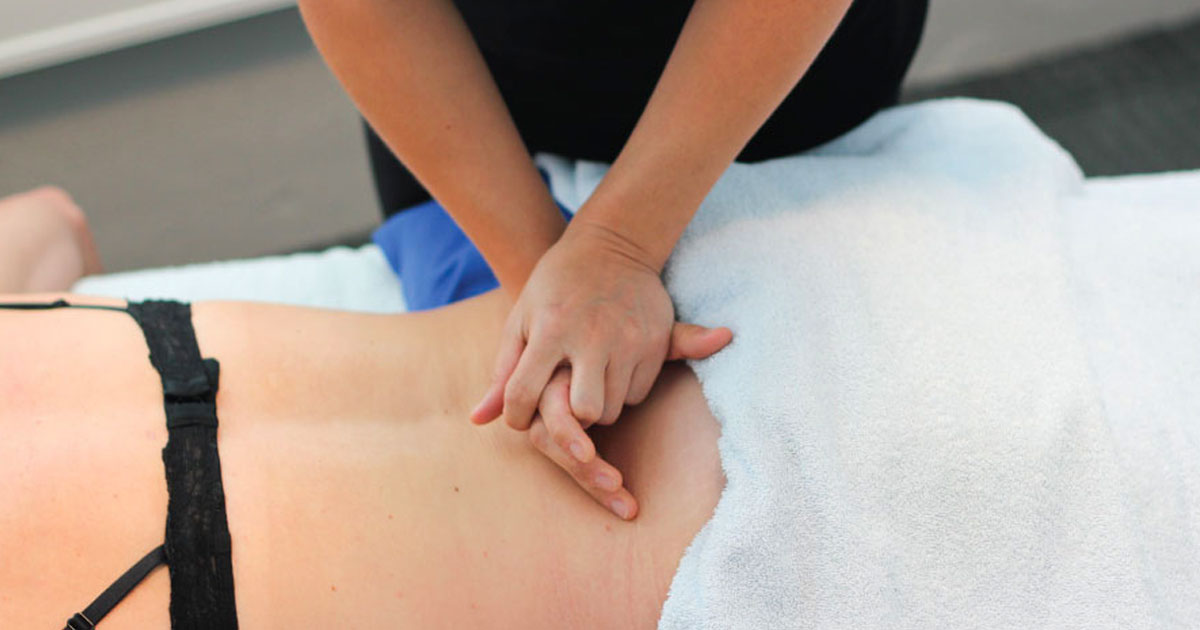
Importance of Gentle Stretches
Incorporating gentle stretches into your massage routine can enhance the benefits. Stretches can help loosen tight muscles and increase flexibility, which in turn can alleviate tailbone pain. Be sure to perform stretches slowly and within a comfortable range of motion.
Using Heat Therapy Alongside Massage
Heat therapy can complement your massage efforts by relaxing the muscles and reducing inflammation. Applying a warm compress before or after massaging the tailbone area can enhance the pain-relieving effects.
When to Seek Professional Massage Therapy
If your tailbone pain is severe or persistent, it may be time to seek professional massage therapy. Licensed therapists can provide specialized techniques and advice tailored to your specific condition.
Some insurance plans cover massage therapy, so be sure to check your policy before scheduling an appointment.
The Role of Posture in Tailbone Pain
Maintaining good posture is essential in preventing and managing tailbone pain. Poor posture can exacerbate coccydynia by putting additional pressure on the coccyx. Be mindful of your posture, especially when sitting for extended periods.
If you must sit for long periods, be sure to take frequent breaks to stretch and move around.
Tailbone Pain and Exercise
Exercise can be beneficial for tailbone pain, but it's important to choose the right activities. Low-impact exercises like swimming or cycling can strengthen the muscles without putting undue stress on the coccyx.
Massage Contraindications for Tailbone Pain
There are certain situations where massage may not be appropriate for tailbone pain. If you have an injury or medical condition affecting the coccyx, consult with a healthcare professional before attempting any massage techniques.
If you have an acute injury, avoid massaging the area until the injury has healed. If you have a chronic condition, it's best to consult with a healthcare professional before attempting a massage.
Lifestyle Changes to Prevent Tailbone Pain
Making lifestyle changes can help prevent tailbone pain from recurring. Consider using ergonomic chairs, taking frequent breaks from sitting, and incorporating exercises that strengthen the core and pelvic floor muscles into your routine.
Connection Between Diet and Tailbone Pain
Believe it or not, your diet can impact tailbone pain. A diet rich in anti-inflammatory foods can help reduce inflammation and pain. Incorporating foods like turmeric, ginger, and omega-3 fatty acids can make a difference.
Pregnancy can put additional strain on the tailbone, leading to increased pain. Pregnant women should take special care when attempting massage and consult with a healthcare provider for personalized advice.
Alternative Therapies for Tailbone Pain
Aside from massage, other alternative therapies can help manage tailbone pain. Acupuncture, chiropractic care, and physical therapy are all viable options that may provide relief.
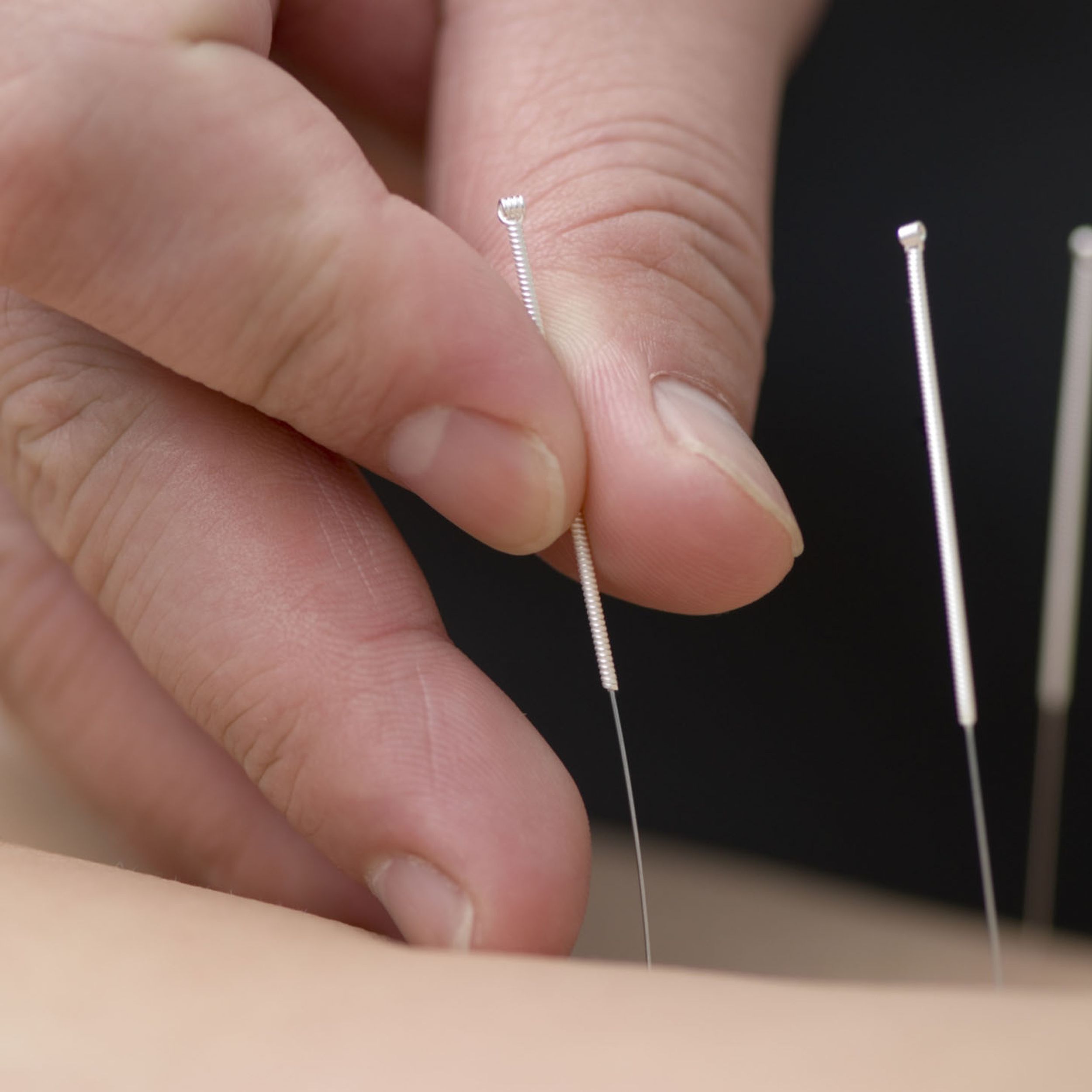
Chronic tailbone pain can take a toll on your mental health. It's important to address the psychological aspects of living with pain by seeking support from friends, family, or mental health professionals.
Tailbone pain isn't exclusive to adults; children can experience it too. Parents should be aware of the signs and seek medical advice if their child complains of tailbone discomfort.
There's a world beyond traditional treatments for tailbone pain. From acupuncture and chiropractic care to herbal remedies and yoga, we delve into a spectrum of holistic approaches that can offer relief and promote healing for those grappling with coccydynia.
Summary
Tailbone pain can be a debilitating condition, but with the right massage techniques, you can find relief. Understanding the anatomy of the tailbone area, using gentle stretches and heat therapy, and being mindful of posture and lifestyle choices can all contribute to managing and preventing coccydynia. Remember to consult with a healthcare professional if your pain is severe or if you have any underlying medical conditions.
FAQs
Q: Can massage cure tailbone pain?
A: Massage therapy can be a valuable and effective approach for relieving tailbone pain. Tailbone pain, also known as coccydynia, can be caused by various factors such as trauma, childbirth, prolonged sitting, or inflammatory conditions. While it's essential to consult with a healthcare professional to identify the root cause of your tailbone pain, incorporating massage into your treatment plan can offer significant relief.
Here's how massage therapy can help alleviate tailbone pain:
- Muscle Tension Release
Massage targets the muscles surrounding the tailbone, helping to release tension and reduce muscle spasms. By kneading and manipulating the soft tissues, a skilled massage therapist can promote relaxation and increase blood flow, which aids in the healing process. - Improved Blood Circulation
Enhanced blood circulation is crucial for healing, as it delivers oxygen and nutrients to the affected area while removing waste products. Massage stimulates blood flow, helping to reduce inflammation and promote tissue repair around the tailbone. - Reduced Scar Tissue Formation
In cases where tailbone pain is a result of injury or trauma, massage can assist in minimizing scar tissue formation. Gentle massage techniques can break down adhesions and improve the flexibility of the surrounding tissues, contributing to a smoother recovery. - Relaxation and Stress Reduction
Chronic pain often leads to increased stress and tension throughout the body. Massage promotes relaxation, both physically and mentally, helping to reduce stress levels. This, in turn, can contribute to a more positive mindset and potentially alleviate some of the discomfort associated with tailbone pain. - Enhanced Range of Motion
Massage can improve joint flexibility and range of motion, which is particularly beneficial for individuals experiencing tailbone pain. Increased mobility in the surrounding tissues can alleviate pressure on the tailbone and enhance overall comfort.
While massage can be a valuable component of a comprehensive treatment plan, it's essential to work in collaboration with healthcare professionals. Consult your healthcare provider to determine the underlying cause of your tailbone pain and to ensure that massage therapy is a suitable and safe complement to your overall care.
Q: How often should I massage the tailbone area for pain relief?
A: The frequency of massage can vary depending on the individual and the severity of the pain. It's generally safe to massage the area once a day, but listen to your body and consult with a professional if you're unsure.
Q: Are there any risks associated with massaging the tailbone area?
A: If done incorrectly, massaging the tailbone area can potentially cause more harm than good. It's important to use gentle techniques and avoid applying too much pressure. If you have any concerns, seek guidance from a professional therapist.
